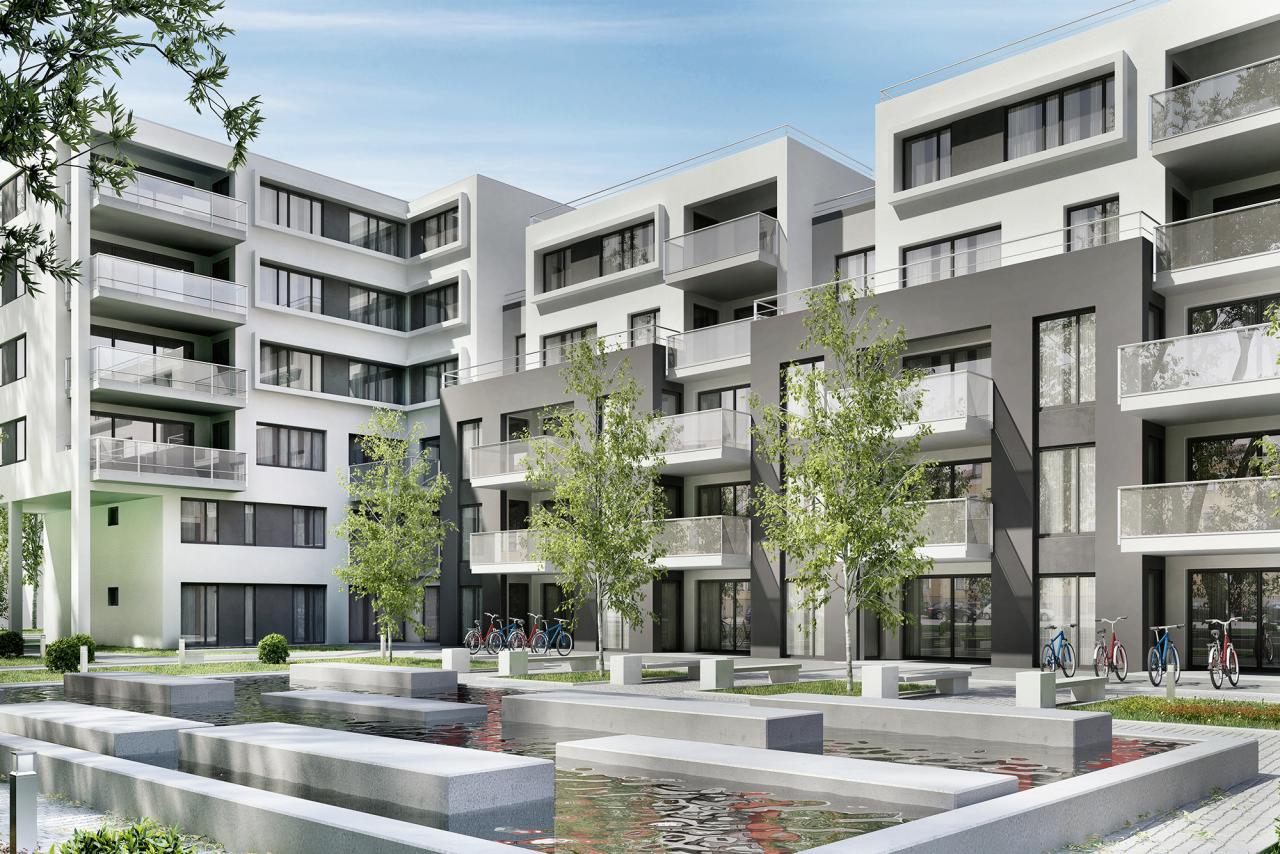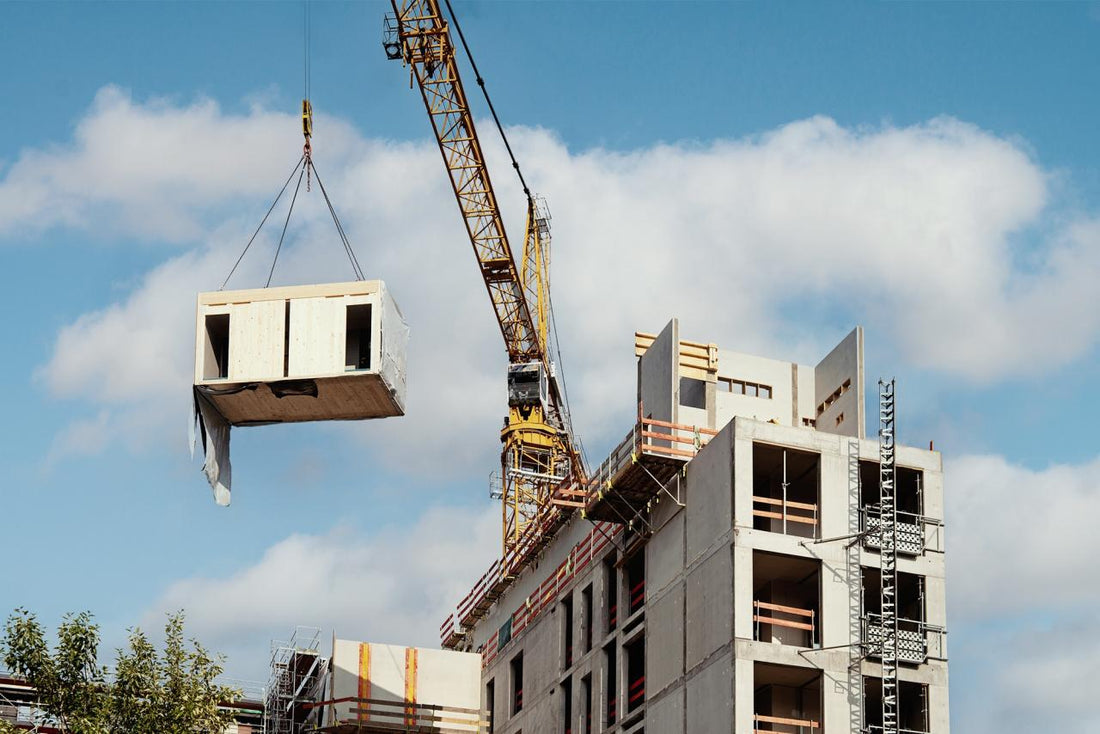Any construction project is a complex web of goals, opportunities, challenges and risks. While effective planning and contingency funds go a long way toward alleviating inevitable mid-cycle difficulties, choosing prefabricated construction techniques will almost certainly further reduce delays or unforeseen challenges. No wonder, then, that the global prefabricated building market will be worth around $153 billion by 2026.
What is prefabricated construction for?
Since chronic shortages of materials slowed the pace of reconstruction after World War II, European construction companies have championed prefabrication as a way to assemble new buildings quickly and affordably. Advances in manufacturing and the growing importance of sustainability have allowed companies to develop prefabricated solutions for residential, commercial and industrial buildings across the continent and, indeed, the world.
10 main advantages of prefabricated construction
Whether you are building a remote engineering facility or a mixed-use urban development, there are many advantages to prefabrication. We've listed 10 of the biggest benefits below.
From precast concrete panels to lightweight steel structures, the materials commonly used for prefabrication are often exceptionally strong, built to withstand long-distance transits to site. They avoid problems commonly found in more traditional materials (efflorescence on brick, spalling on masonry), while exposed metal finishes like Corten steel develop a self-healing rust patina.
2. Construction is much faster
When a project involves fitting prefabricated cassettes or covering a pre-assembled structure, construction times can be cut in half compared to traditional construction processes. The casting of the panels can occur together with the foundation work, following each other in quick succession. Elements such as insulation are already integrated, rather than needing to be added later.
3. There are fewer environmental risk factors
In challenging European climates, offsite manufacturing of construction materials reduces the risk of on-site delays due to bad weather or other environmental factors. This means that each component is manufactured in climate-controlled conditions to identical standards, avoiding humidity or anything that could shorten the life of a component. Summer or winter, rain or shine, the finish will be identical.

4. Quality can be controlled before construction
It is difficult to accurately assess the quality of components on site or when they arrive in a palette of identical materials. On the other hand, the manufacturing process ensures that prefabricated components can be individually checked for quality standards before shipping. Relevant safety regulations can also be checked before construction begins, such as fire resistance or thermal insulation.
5. There is less risk of accidents on site
Manufacturing building components in a specialized warehouse reduces the amount of work required on site. That means fewer people doing less work in less time amid the hustle and bustle of truck deliveries, moving crane arms and other potential threats. This has a beneficial impact on risk, minimizing accidents and the delays/paperwork/repercussions that can result.
6. Simplifies construction processes and deadlines
You may need fewer managers supervising on-site construction crews or less specialized training compared to masonry. Shorter deadlines are easier to plan more precisely, with extra margin to build in contingency time – although fewer delays are likely. Reduced communication is another benefit, although we still recognize the vital importance of clear communication.
7. Benefits the environment
Modern prefabrication materials tend to use eco-friendly or recycled material – or both. This can take advantage of seasonal or locally available wood, or allow one material to be swapped for another as new manufacturing techniques reduce the global ecological footprint. There is also minimal construction waste.

8. Costs are lower
From fewer workers on site to construction projects in remote locations, prefabrication can reduce overall costs. Standardized panel measurements mean that ready-to-use plans and schematics for prefabricated structures are often available, saving money on architects' fees. Likewise, prefabricated materials are mass-produced and purchased in bulk, providing economies of scale.
9. Modular extensions are simple to attach
If you outgrow a precast building, a modular extension can be made quickly and cheaply using identical materials. Compare this to stone, where the closure of a mine may mean that a particular tone or grain of stone will no longer be available. Adding a modular extension is much more cost-effective than moving to new premises or purchasing an additional location to accommodate future growth.
10. Disassembly and recycling are easier
Materials that already have a low ecological footprint are often among the easiest to recycle. Being able to reuse or repurpose them when the building reaches the end of its useful life is both economical and environmentally friendly. Dismantling also avoids explosives or specialist intervention – it is often just a case of reversing steps from the original construction process.

